Because you are making a single page application. So the correct solution should be:
(1) set physical page (ie, main page) to "Cache-Control: No-cache".
The physical page should be small, because logical pages are all dynamically loaded by JavaScript, so loading physical page itself should be fast
(2) for "partial" page (ie logical page), change the folder name every time when you release a new build,
For example: when a new release is deployed, assume the physical page is index.html
Inside index.html, All JavaScript, css and angularJs Template file are all in a folder asset-{{TimeStamp}}.
Because index.html has no cache, so browser will always get latest index.html.
Because all JS , css and other template html files are in different folder from last release.
so the browser will load all files from the new folder rather than from cache.
you can create a build process to do it automatically:
search all js , css files in index.html and replace folder name asset/** with asset-{{TimeStamp}}/**, then copy all files to asset-{{TimeStamp}} from asset folder
Now you don't have headache cache issue but browser do leverage local cache to speed up your web page .
(3) for angularJs template file, because it is also loaded by JS,
so we strongly suggest you use relative path ( related to currently running JS code) to get it.
some sample JS code like this:
function _getCurrentJSPath() {
var scripts = document.getElementsByTagName("script");
var currentFile = scripts[scripts.length - 1].src;
var currentPath = currentFile.substr(0, currentFile.lastIndexOf('/')) + "/";
return currentPath;
}
...
templateUrl: _getCurrentJSPath() + 'currencyField.html',

